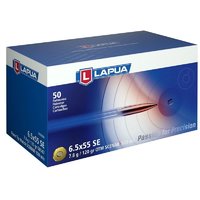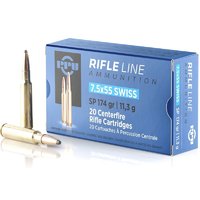HI folks, this is my very first post, so please bear with me! I don't see a "beginner's" thread/section here so also please be patient with a new shooter... well, new-ish... ![Wave [wave] [wave]](/xen/styles/default/xenforo/smilies.vb/011.gif)
My question has to do with all of the different "grain" counts I see listed for ammo, specifically in my case 9MM. Just how much difference does this number make? Obviously a higher number = "more bang". But do I need to consider that extra kick and if a certain gun can handle it? Or can any modern handgun handle any commercially sold round? The manual for my LC9s says it can handle +P but it isn't recommended for long term use. Something tells me that type of round is WAY more than I would ever need...
Anyhoo, I haven't been able to find an answer here for this simple (to all of you) question, so here I am asking.
JD
![Wave [wave] [wave]](/xen/styles/default/xenforo/smilies.vb/011.gif)
My question has to do with all of the different "grain" counts I see listed for ammo, specifically in my case 9MM. Just how much difference does this number make? Obviously a higher number = "more bang". But do I need to consider that extra kick and if a certain gun can handle it? Or can any modern handgun handle any commercially sold round? The manual for my LC9s says it can handle +P but it isn't recommended for long term use. Something tells me that type of round is WAY more than I would ever need...
Anyhoo, I haven't been able to find an answer here for this simple (to all of you) question, so here I am asking.
JD


